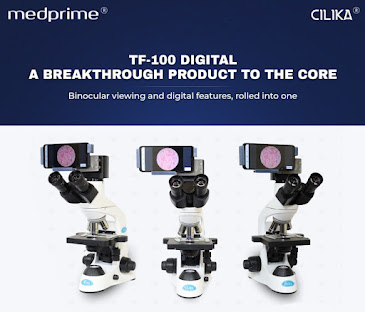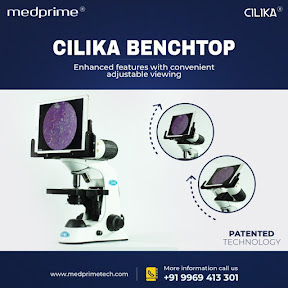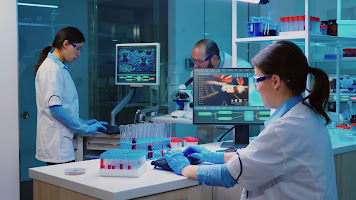Find Cilika’s Latest Breakthrough Product: The Recent Launch Of TF-100 Digital

Unleashing Cilika’sTrinocular Digital microscope from the house of Digital Pioneer MedPrime! The engaging hi-end features of TF-100 smart microscope comprise of upright bright field benchtop Digital microscope with smartphone attachment at trinocular port, simultaneous viewing through Binocular Eyepiece and smartphone display, TrueView technology for capturing 100% circular field of view via smartphone camera. Other general features of microscope includes a Siedentoptrinocular head with Diopteradjustment, Quadruple Nosepiece With High Precision Inner Position Stop Click, Four High Contrast Infinity Corrected Plan Achromat Objective Lenses (4X, 10X, 40X and 100X), Low Position Coaxial Coarse and Fine Focusing System, Safety Rackless Mechanical Stage, Condenser with Iris Diaphragm, Helicoid mechanism, 3W LED Light with Aspheric Collector. Furthermore, TF-100 Trinocular Digital microscope is equipped with user-friendly applications for your smartphone to perform tasks like Data manage





